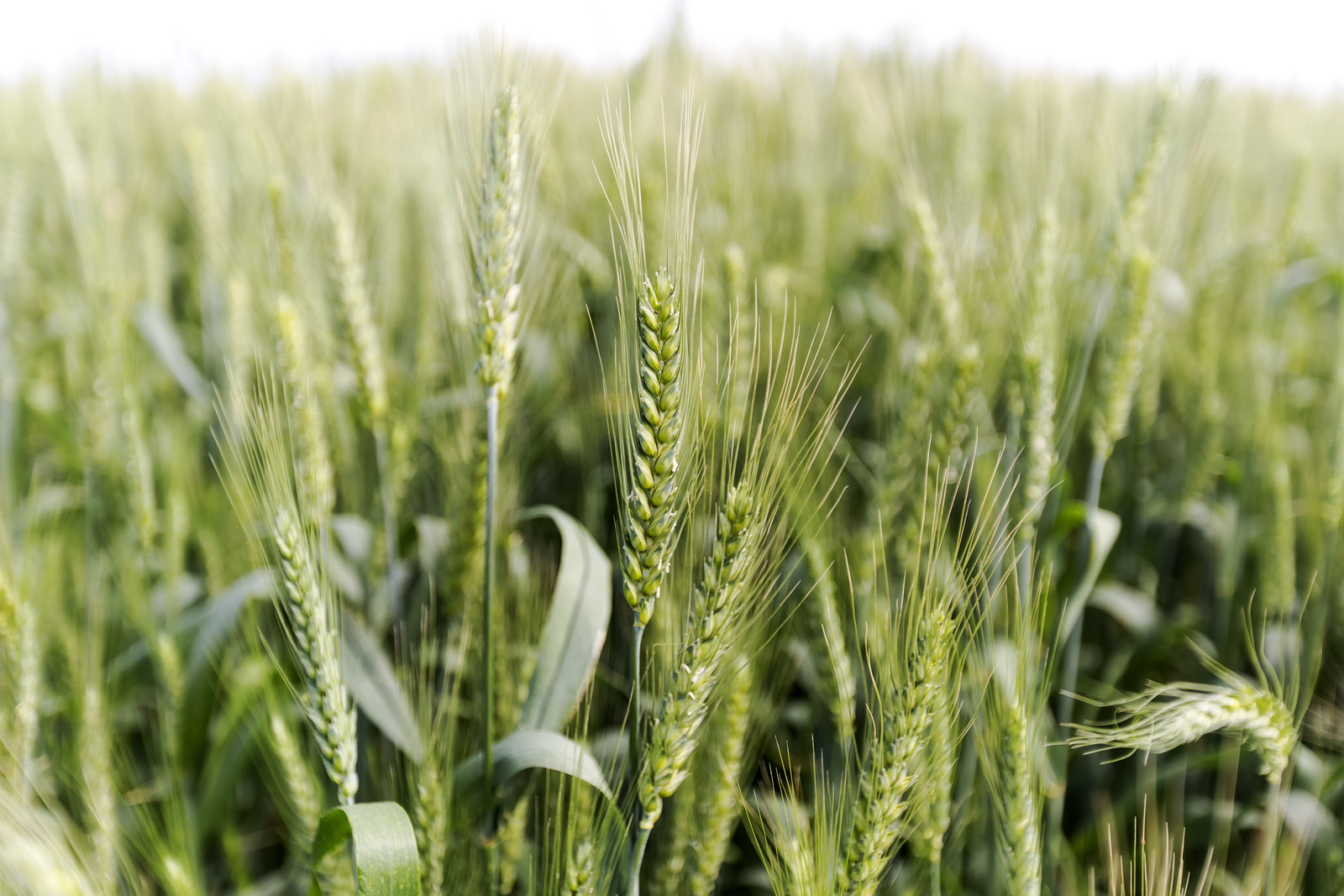Keeping wheat fungus under control in the US

Wheat blast, caused by the fungus Magnaporthe oryzae has a devastating impact on mainly South American wheat production. But it may also be a threat for US wheat plants.
Kansas State University is therefore looking for new sources of resistance. Barbara Valent, professor of plant pathology leads this research project on wheat blast. “The fungus causing this disease thrives in warm, wet environments like that found in Bolivia and Brazil, where growers have struggled with the disease for more than 2 decades. But in 2011, the disease popped up in Kentucky, USA, when a single wheat head was infected with wheat blast. It’s the only known incident of the fungus being found in a US wheat crop, and a very clear warning that the country’s farm fields aren’t safe from the threat,” Valent explains.
Read also: Breeding for mycotoxin resistant crops (by Hermann Buerstmayr)
Plant breeding has brought farmers already many improvements and already, numerous cultivars, breeding lines and other genetic resources have been described for their good to excellent resistance to Fusarium head blight. But it all starts with a thorough phenotypic evaluation of new breeding lines.
“What we do know is that the Kentucky fungus was not imported from South America; it’s a native strain. We have this turfgrass disease called gray leaf spot that’s caused by the same fungus, although it’s a different host-adapted form of the fungus. This turfgrass pathogen is very closely related to the wheat blast strains in South America. A good percentage of the turfgrass strains are capable of infecting wheat but the climate in the US is just not quite right during the wheat growing season,” according to Valent.
Read also: The extension publication “Identifying Wheat Diseases Affecting Heads and Grain” provides agricultural specialists and farmers needed information to identify wheat blast if it occurs in US fields.
Resistance genes
Valent and her colleagues are studying the basic understanding of how this fungus affects plants, and search for new sources of resistance. Valent: “We’ve succeeded in finding a resistance gene called 2NS. But this fungus is notorious for being able to overcome resistance, so we need more resistance genes and that’s what we’re focused on now. It’s a safety backup; some of the fungus in South America is already able to overcome the 2NS gene.” The group of researchers have also tested fungicide and seed treatments, and developed diagnostic tools to clearly identify wheat blast. “We’ve expanded our capacity and developed good collaboration for field tests in South America,” Valent said. “Farmers in South America want to know about resistance, they need resistance. They are going to use the things we are finding. Ultimately, the best way to keep this disease from spreading is to control it in South America.”
Source: Kansas State University











